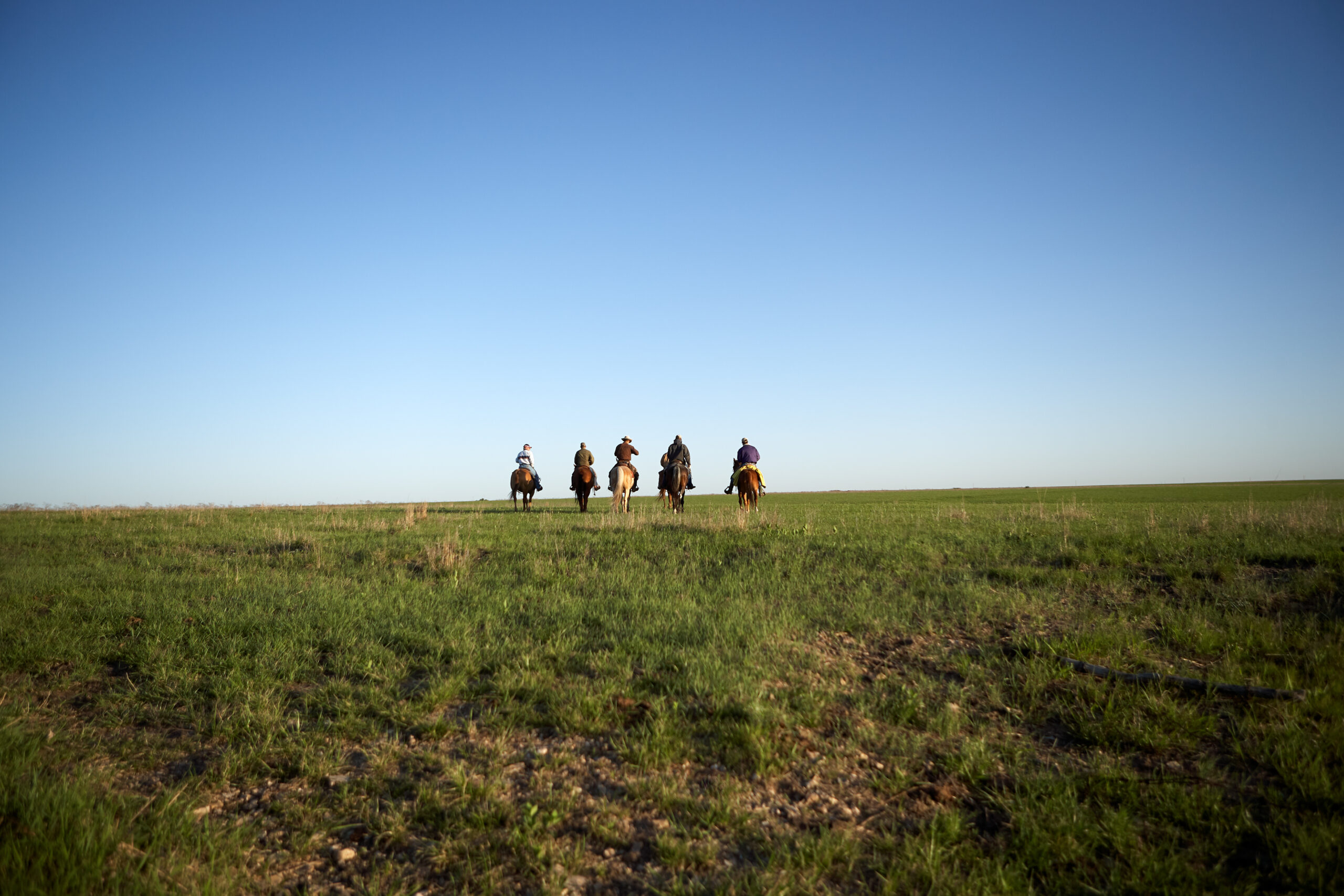
Trail riding is an increasingly popular equestrian activity. Along with its evolution is a steep learning curve. There are very few authorities in the field, no absolute rules to follow, and no one judging your performance.
To stay safe, we need to take responsibility for ourselves and the way we ride, and to be cognizant of how our actions affect other trail riders. This is especially true on group rides.

Here’s why: Over the years, we’ve improved our riding skills, training techniques, and communication between rider and horse. We’ve honed our individual abilities and our horse’s skills to an incredible level.
However, when you’re in a group setting-whether with a few friends or on a large, organized ride-everything changes. When individual riders get together for a group ride, folks generally don’t ride as a group-they ride as individuals in a group setting.
Many riders are oblivious of how their behavior-and that of their equine friend-impacts others in their group. This lack of awareness can lead to problems not present when riding alone on home trails.
For instance, horses that are normally well-behaved on the trail may suddenly turn into a renegade when riding with other horses. His quiet demeanor can fly out the barn window when he’s following a more energetic horse. This lively behavior, good or bad, seems to rev up even the calmest equine trail partners.
Then there’s the ride back to camp. The one in which the riders say they’re in complete control as they go racing back to the trailer. We’ve all seen them; they’re the ones with fear in their eyes and a death grip on the saddle horn, as others are left to try to control their horses in some sane manner.
Here are a few tips to help you, your horse, and others stay safe on group rides.
•Be considerate. Be aware that other riders may be less experienced than you are. For example, if you want to pass another rider, approach her slowly, and ask her whether passing would be a problem.
•Stay at a walk. If you take off on a dead run with no warning, all the horses behind you brace themselves for the enemy you’re surely fleeing. If you whiz past horses in front of you, they figure there must be a predator nearby, so they’d also better run for their lives. Stay at a walk at all times. And don’t let your horse take you back to camp at his speed. If this is a problem for you, work with him on your home trails to correct his barn-sour behavior.
• Increase your skill level. Some horses may kick, bite, buck, jump, and otherwise behave badly when they find themselves in the midst of strange horses under new circumstances. No matter how tractable your horse may be on home trails, learn how to bring him under control, should he act up in a group.
• Condition your horse. If your horse isn’t used to riding long distances over difficult terrain, he’s at a higher risk for illness or injury than a more prepared horse. He might colic, tie up, overheat, etc. Before a long group ride, condition your horse. Learn to take his vital signs (temperature, pulse and respiration, gum color, and gut sounds), so you know what’s normal for him. Right before you leave on a ride, make sure he’s physically ready.
•Check his hooves. Before you embark on a ride, check your horse’s shoes and/or hoof condition. Be sure to carry a temporary hoof boot on the ride in case your horse loses a shoe or injures a hoof and learn how to use it.
[Healthy Feet for Happy Trail Riding]The post Group-Ride Etiquette on the Trail appeared first on Horse and Rider.



